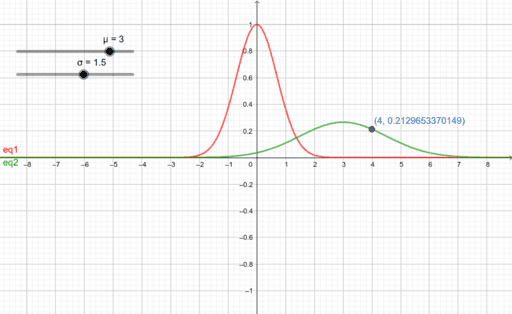As opposed to symbolic math there is numerical math.
Which is your preferred numerical math package
Which is your preferred numerical math package

Probably with an IDE or with the likes of Jupiter notebook.But I suspect,
R is less for programming, more for interactive use.
That may still be considered "interactive use".I tried them in the beginning, but found it more convenient to write a script file and run it in the command line. That way I can easily re-use steps, functions that I write.
But I see currently python is more popular for statistics,symbolic&numerical math. It has some advantages as you don't need to learn a "domain specific language".
Just a note for old guys like me who may have used FORTRAN decades ago. Modern Fortran (versions later than FORTRAN 77) has become an excellent language. It is no longer fixed-column format. It has structured programming constructs, and OO stuff, if you want it. (OO has its place, but its place is not every place.) It has builtin support for matrices, and for parallel programming (MPI). There is even a version, supported by NVIDIA, for doing parallel programming on CUDA GPU devices.I think, the best is a programming language like FORTRAN, with ready libraries when necessary,
and as libraries may be considered your interpreted languages above.
